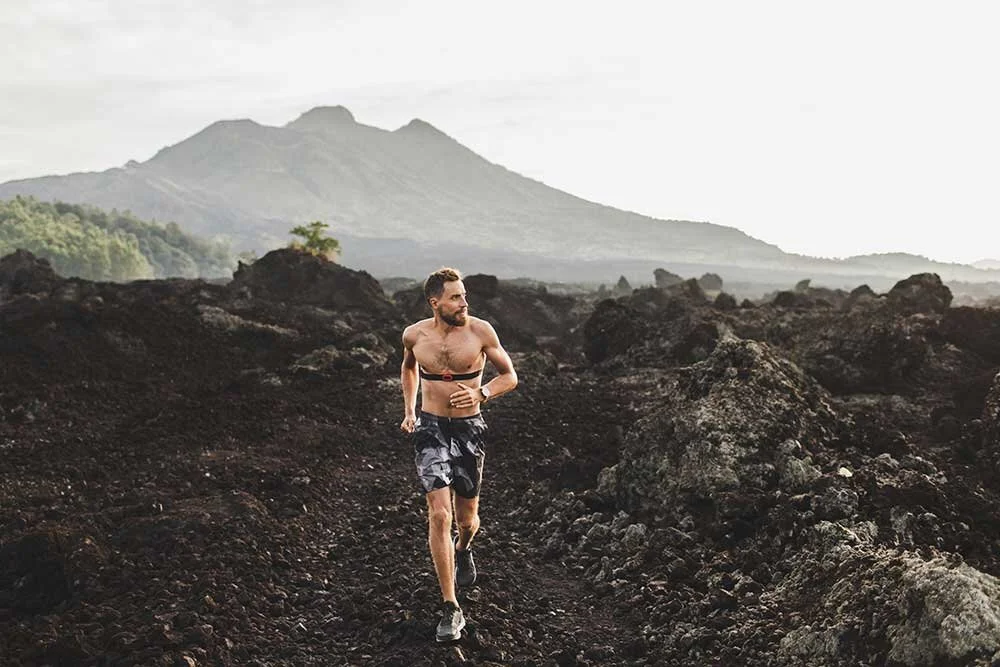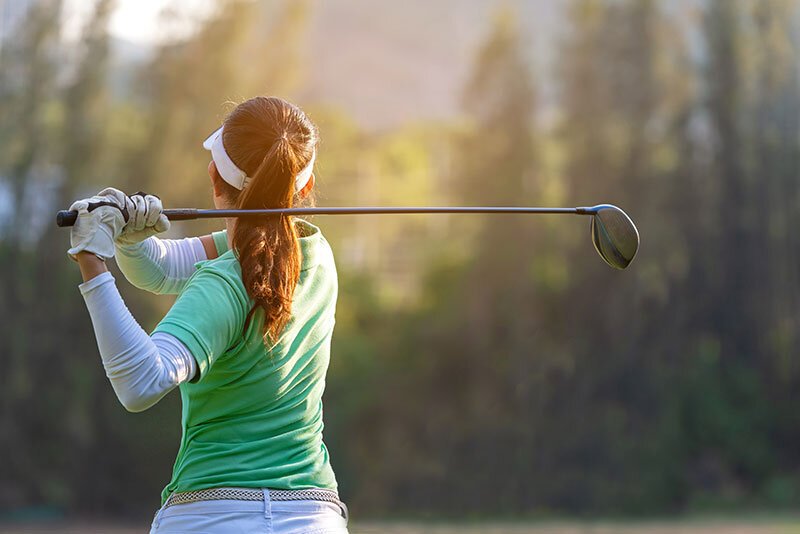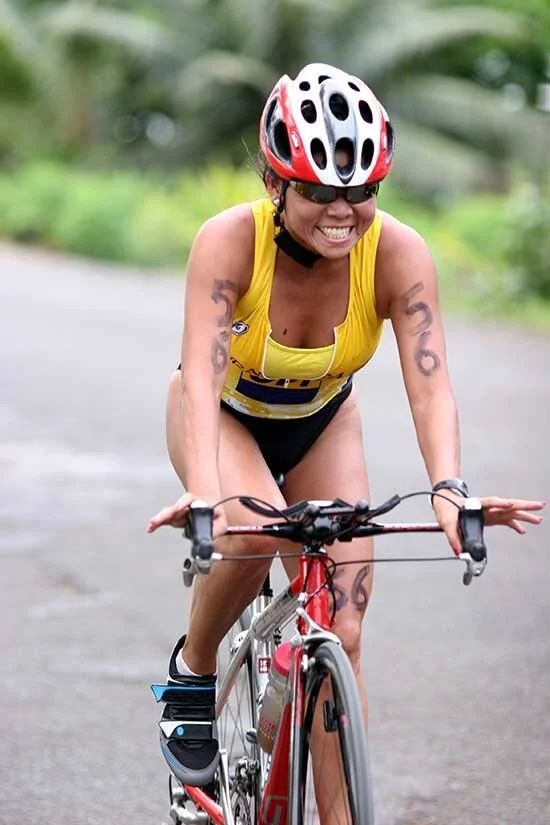MOVEMENT LITERACY FOR TRIATHLETES
By Senior Coach Katie
Approximate Reading Time: 2-3min
For most triathletes, it’s all about training volume. More volume must mean we’ll get stronger...right? Consult any triathlete and they will proudly tell you just how many hours they trained for any given week (if you aren’t hitting 15-20+ hours/week, are you even training for Ironman?), and will happily break that down to swim, bike, and run mileage. With all the focus on volume, and going deep into “the pain cave”, the fundamentals are often overlooked.
What if you discovered you could simply work smarter rather than harder? By going back to the basics of movement literacy, it is possible to improve your race splits with the same - or less - effort! It is well understood that strength is important, however sustainable performance training for triathletes is much more than moving weight around.
MOBILITY
When all we do is swim, bike, or run, we are getting really good at one thing; moving our body in a straight line. Repetition is the key to success, however repetition in only one plane will lead to a lack of mobility through the joint. Many people inherently know they could improve their mobility, but what does this actually mean?
Mobility can be considered as the active range of motion you have, normally in the context of joint capacity. Having a large and strong active range of motion in each joint is good mobility. Note this is different from stretching which is a passive range of motion - you aren’t controlling the range of motion with your muscles, instead you’re often using gravity or an object to stretch against. Questions? Ask us!
Better joint mobility leads to better posture, improved form, and the ability to maintain said form and efficiency when fatigue inevitably sets in. Further, improved mobility in the hip will lead to a more efficient running stride, and a more powerful pedal stroke. Not only will improved shoulder mobility lead to an improved swim stroke, it will also increase your comfort level in the aero position, and enable you to remain there longer. All this equates to “free speed” come race day, and who isn’t interested in that?
PROPRIOCEPTION
This is another concept that can be trained and improved easily enough, if we simply dedicate the time to it. Proprioception has three components: joint position sense, force sense, and kinaesthesia. So what does this mean for a triathlete?
Kinaesthesia indicates awareness of movement. Joint position sense indicates you have an awareness of where your body is in space. Awareness is the first step to making a change - if you are unaware that your left arm crosses over the midline while you run or swim, your form will not change.
Force sense is a critical component for triathletes, and if you train with a power meter on your bike, you are already practicing this on a regular basis. By being aware of the force you are producing, you will be better able to regulate your effort through all three legs of the race.
THE HOME STRETCH
Great - now what? How can this be incorporated into your training?
A fantastic first step for working on joint mobility is to incorporate head to toe joint circles into your daily grind. A 10 minute mobility snack is a great way to break up a work day. (Thanks Professor Kesh! https://youtu.be/NL0QeaBMfoE).
To work on proprioception, tactile cues such as the use of bands is beneficial in improving kinaesthesia and joint position sense. Balance exercises are ideal, and can be incorporated into various strength exercises (I’m looking at you, single leg hinge).
Although maybe not as glamorous as a heavy squat, improving your movement literacy will make you a stronger, more graceful, resilient athlete. This translates to improved race times, and a decreased risk of injury. By shifting your focus to fundamental movement skills, you’re not only going to improve your athletic performance, you’ll be setting yourself up for sustainable training that will help you age healthily and independently.
4. DOING A SHORT WARM-UP DECREASES RISK OF INJURY
I know now, especially with the protocols in place at golf courses, you don’t have time or space to warm up extensively to get ready for your round. This doesn’t mean you shouldn’t do a warmup at all. Even a 5-minute warm-up, working on specific areas will help reduce the risk of injury and make swinging a lot easier. Getting a physical assessment and understanding your weaknesses and strengths will allow you to target specific areas with more restrictions and need more warming up than other areas.
Try these simple and easy tips to reduce your risk of injury so you can continue to play while the sun is still shining. If you are suffering from an injury, book a session to get assessed and get back out there on the course and play pain-free. Also, talk to your local golf pro to fix some of your swing faults that may exacerbate your risk of injury.
By Senior Coach Katie





